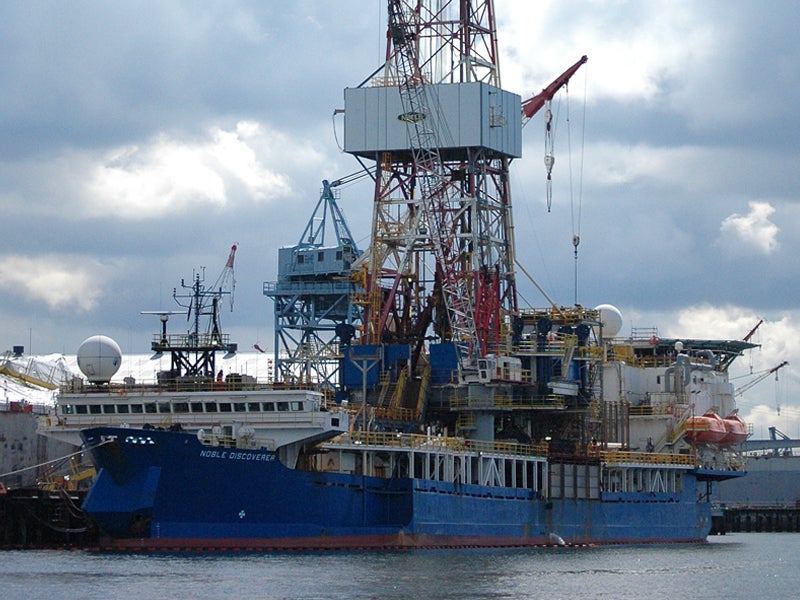Five Reasons You Shouldn’t Date Arctic Drilling
When looking for a date, there are plenty of other fish in the sea. In fact, there might be more of them if you stay away from Arctic drilling.

This page was published 9 years ago. Find the latest on Earthjustice’s work.
When looking for a date, there are plenty of other fish in the sea. In fact, there might be more of them if you stay away from Arctic drilling.
1. You’re having nightmares about it
Stories of Shell’s botched attempts to drill in the Arctic are flooding your mind. You recall the time when Shell’s drilling rig, the Kulluk, ran aground off the coast of Kodiak Island, Alaska. You remember when Shell’s oil spill containment dome was “crushed like a beer can” during routine testing near Seattle. You also remember the time when Shell’s other drilling rig, the Noble Discoverer, caught fire and almost ran aground.
You’re not the only one concerned. Your coalition friends are, too. Since 2012, they’ve submitted nearly four million comments and letters opposing Arctic Ocean drilling.
2. You’re not being heard
You discover that despite your lingering questions about impacts to wildlife, Shell may start drilling as early as July. And, instead of taking additional time to clarify the risks of drilling in the area, the Department of the Interior helped Shell by rushing through an environmental impact report. One risk the department is clear about, though, is that there is a 75 percent chance of one or more major oil spills if the Chukchi is developed.
3. You don’t respect it
You discover that there is no effective way to clean or contain oil spills in the remote, stormy and icy Arctic Ocean. Shell’s current oil spill response plans grossly overstate the amount of oil that the company could clean up, how fast it could respond and how effectively it could handle the Arctic Ocean’s rogue ice and rough weather should it be allowed to drill.
You also hear that due to the lack of infrastructure and remoteness of the Arctic Ocean, it would take over a decade for any Arctic Ocean oil to reach the market. And, that’s just the estimate for the best case scenario! If companies do not have credible plans, they shouldn’t be allowed to drill.
4. You find it harmful
You’ve seen that large-scale industrial oil operations in the Arctic would disrupt mammals already under tremendous stress due to climate change. Recently, some 35,000 walruses were forced ashore in a crowded coastal haul-out because of dramatic sea ice melt. Oil operations like seismic surveying could also deafen walruses, and other iconic animals, as well as chase them away from feeding areas.
5. You can’t see a future in it
You learn three key facts that make Arctic oil drilling a non-starter. 1.) The vast majority of oil and gas resources in the U.S. Arctic Ocean are unproven. 2.) The Arctic is already ground zero for climate change, warming twice as fast as the rest of the planet. 3.) Producing and burning unproven oil and gas reserves in the Arctic Ocean will worsen climate change by releasing 15.8 billion tons of carbon dioxide into the atmosphere (equivalent to the combined emissions from all passenger cars and light trucks in the U.S. over a 13-year time period).
Alyssa Ritterstein was a press secretary in Washington, D.C., from 2014–2018.
Opened in 1978, our Alaska regional office works to safeguard public lands, waters, and wildlife from destructive oil and gas drilling, mining, and logging, and to protect the region's marine and coastal ecosystems.
